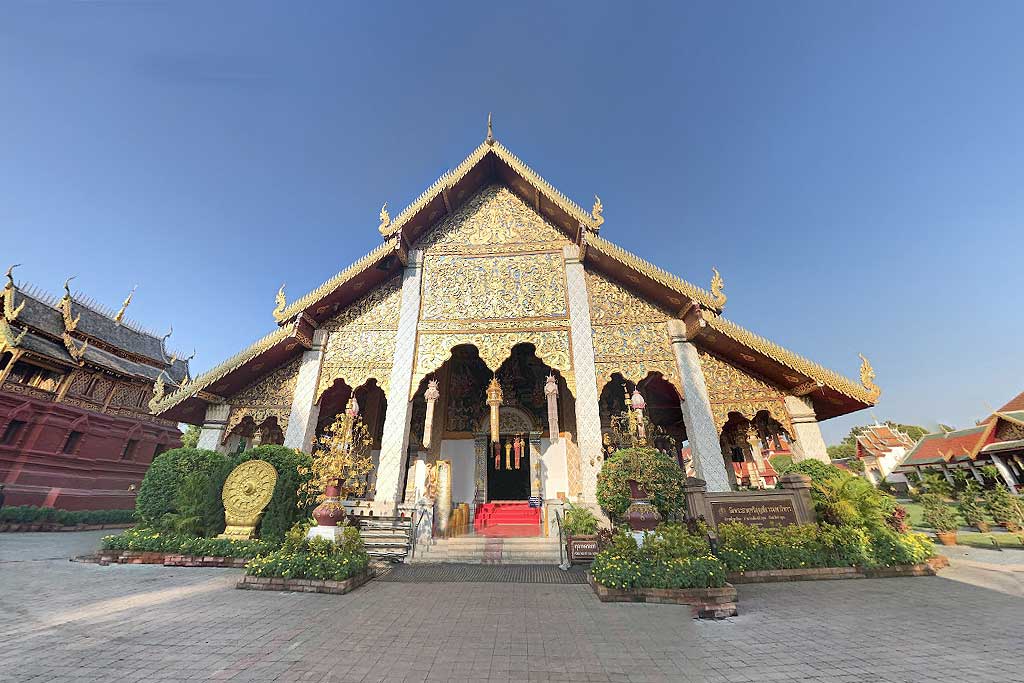About Lamphun
Northern Thailand's Lamphun province is a relatively tiny one, yet it has a long history. About 26 kilometers to the south of Chiang Mai is where you'll find it. It was the seat of government for the ancient Mon kingdom of Hariphunchai, and its capital city. It is situated in the Ping River valley, which is flanked on all sides by mountain ranges, and the Ping River flows through it.
The city is home to a wide variety of historical and cultural landmarks, such as the Queen Chamadevi Monument and the Buddhist temple Wat Phra That Hariphunchai, both of which are considered to be among the most significant religious sites in the northern region of Thailand.
Lamphun is particularly well-known for the breathtaking natural scenery that it has. The province is home to a number of national parks, the most notable of which being Doi Inthanon National Park, which encompasses the country's highest peak. Hiking and bird viewing are both popular activities that people like doing while visiting Lamphun.
Travel Attractions Lamphun Province
Wat Phra That Hariphunchai
A Buddhist temple known as "Wat Phra That Hariphunchai" can be found in the city of Lamphun in Thailand. It is a UNESCO World Heritage Site in addition to being one of the most significant temples in the northern region of Thailand.
It is reported that a strand of the Buddha's hair is preserved within the temple, which was established in the 11th century. The temple is renowned for its stunning architecture, which is a synthesis of Lanna, Mon, and Khmer design elements.
Wat Phra Bat Huai TomWat Phra Phutthabat Tak Pha
Local Product Lamphun Province
- Woodcarving
- Brocade silk
- Nong Nguek cotton
- Longan
Basic information about Lamphun Province
- Area: 4,478 Square Kilometer
- Area Code: (+66) 52, 53
- District: 8 Districts
- Symbol Tree: Samanea saman
- Distance from Bangkok to Lamphun Province = 662 Kilometre (411 Miles)
- Neighbouring Province: Chiang Mai, Lampang, and Tak.
- Airport: Lamphun Airport (Wiang Yong, Mueang Lamphun District)





The Hunza Valley serves as a platform for cultural exchange, challenging stereotypes and fostering a deeper understanding of a region often misunderstood. Is It Safety To Travel To Hunza Valley?
ReplyDelete